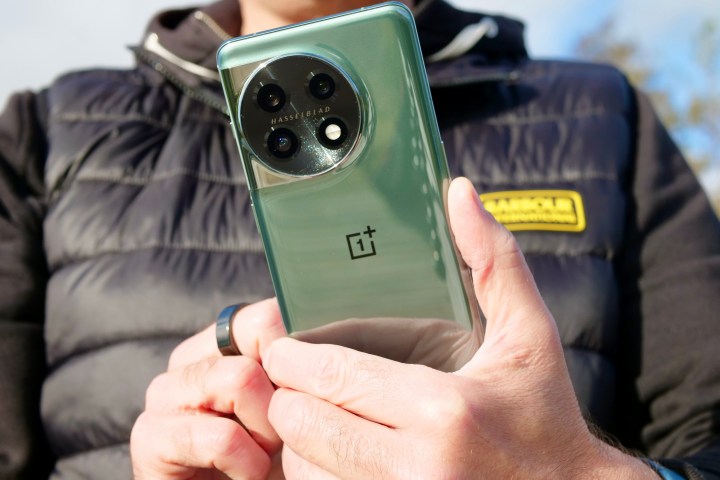
I’ve been using the OnePlus 11 again, but if you press me on how I feel about the phone, you’re going to get a very cold, clinical answer.
I may say it’s very good for the price or that it does most of what you could want without spending a fortune, but I won’t say that I love it. I don’t actually feel anything for the OnePlus 11 because, since its release in February, it has become a bit … boring.
There’s nothing wrong with the OnePlus 11

The OnePlus 11 has been solid and reliable since I put my SIM back in. The Qualcomm Snapdragon 8 Gen 2 still provides all the power I could want. I’m using the version with 16GB, so it’s ridiculously capable. The screen is bright and colorful, and the battery has lasted me two days without a problem. When I go to recharge it, it’s back to 100% in 30 minutes. The specifications are excellent.
I’ve been taking a lot of photos for a comparison between the OnePlus 12 and the Google Pixel 8, and the Hasselblad camera has returned some beautiful, atmospheric, and attractive pictures. It’s showing its age a little when shooting in low light, as it does take a beat or so longer than the Pixel 8 to process images, but it’s not a dealbreaker. The selfie camera has not improved, and the disappointing wide-angle camera hasn’t either.
However, for $700, it’s still a great deal. The OnePlus 11 fits into a space where it’s surrounded by alternatives at both higher and lower prices — the aforementioned Google Pixel 8, along with the Samsung Galaxy A54 and Galaxy S23, the iPhone 15, and the Nothing Phone 2, for example — so it becomes the safe middle-of-the-road choice. A good compromise between low-mid-range and entry-level flagship. That’s the OnePlus 11 towards the end of 2023: sensible.
It’s just a bit boring
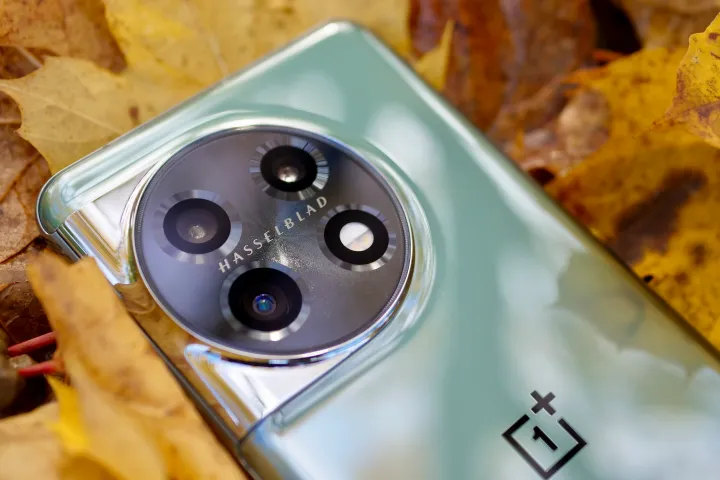
The OnePlus 11 feels as clinical and characterless as most expect a piece of electronics to be. The spec list ticks the boxes, the price has remained competitive even after nine months, and it has the Hasselblad name on the back to help give the camera some credibility. The marketing folk should be very proud of their efforts.
But sensible isn’t all that interesting, and it certainly isn’t exciting. I’ve not once picked the OnePlus 11 up and smiled or thought how cool it looks or feels. OxygenOS 13.1 is less annoying than ColorOS and interrupts my day far less with irritating notifications, but it absolutely lacks flair. OxygenOS was always scrappy and quite fun, but those days are long gone.
However, almost none of this is the OnePlus 11 or OxygenOS’s fault. The problem is that the competition is doing everything better than OnePlus, and that makes the company’s most affordable phone with the broadest potential appeal feel rather dull. Since reviewing the OnePlus 11 in February, I’ve reviewed a lot of phones, including the brilliant Motorola Razr (2023), the unique Nothing Phone 2, the surprising iPhone 15 Plus, and the cracking Pixel 8, which may just be the best all-rounder available at the moment.
What you can get instead
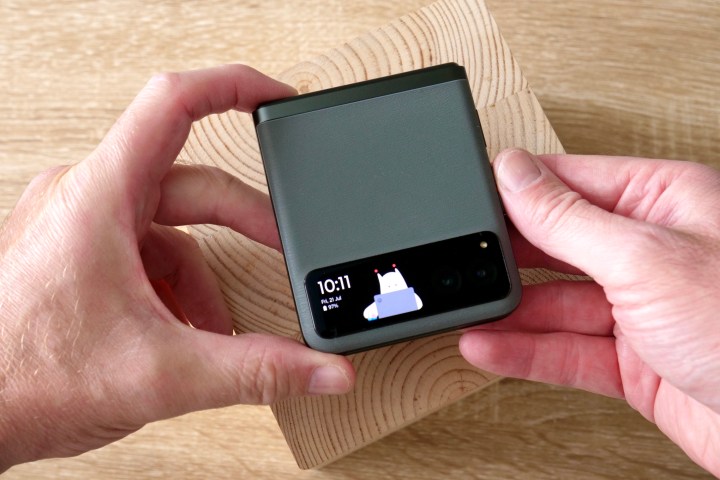
Let’s talk about the Motorola Razr (2023), as it’s a great example of why the OnePlus 11 has become boring. The Razr (2023) is a compact folding phone, which automatically makes it cooler and more fun than the OnePlus 11 but costs the same. It actually cost less for a short while, and at the time of writing, there’s an offer where it comes with a free set of $300 Bose QuietComfort II earbuds, making it even better value.
The Razr pulls off a trick few other manufacturers can match: it includes an on-screen character that’s fun and engaging. “Moo” obviously isn’t a reason to buy the Razr (2023), but it’s unquestionably cute and makes me smile a whole lot more than the OnePlus 11 does. The internal specifications aren’t as impressive as the OnePlus 11, but specs aren’t everything, especially if you aren’t a big mobile gamer.
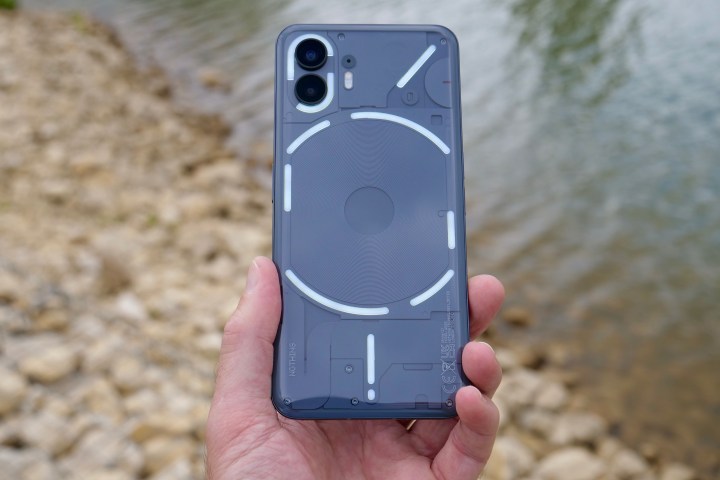
If processing power appeals, there isn’t a massive amount of everyday performance difference between the Nothing Phone 2’s Qualcomm Snapdragon 8+ Gen 1 and the OnePlus 11’s Snapdragon 8 Gen 2, and the Nothing phone is overflowing with individuality and cool reasons to buy. The software has a great design, the phone looks brilliant, and the lighting system on the back serves a purpose as well as catching the eye. It’s also cheaper than the OnePlus 11.
Finally, there’s all the photographic AI madness inside the Google Pixel 8, which augments its fantastic camera even further. By comparison, the OnePlus 11’s onboard photo editor operates like something from years ago. I had a lot more fun and could get far more creative with the Pixel 8’s camera, which feels like a truly next-generation phone alongside the OnePlus 11.
The OnePlus 12 needs to be more interesting

There was once a time when OnePlus made phones that felt unique and exciting, and while the OnePlus 11 is still a very good phone, its competitors have surpassed it in making phones I can’t wait to use every day. It’s astonishing how much Motorola, Samsung, Google, and Nothing have pushed smartphones forward over the past year, creating individual products that truly appeal, and their efforts have left the OnePlus 11 feeling stale.
I’m not saying you shouldn’t buy the OnePlus 11. It’s a really good phone, and I’ve not had any issues with it at all over the past week or so. I’m also conscious some people don’t care if the phone they use is that interesting. Solid reliability and a great spec list are all that matter. But I want more from the device I spend so much time with and would expect to keep for years. The competition has introduced devices that do this better than the OnePlus 11, often for less money.
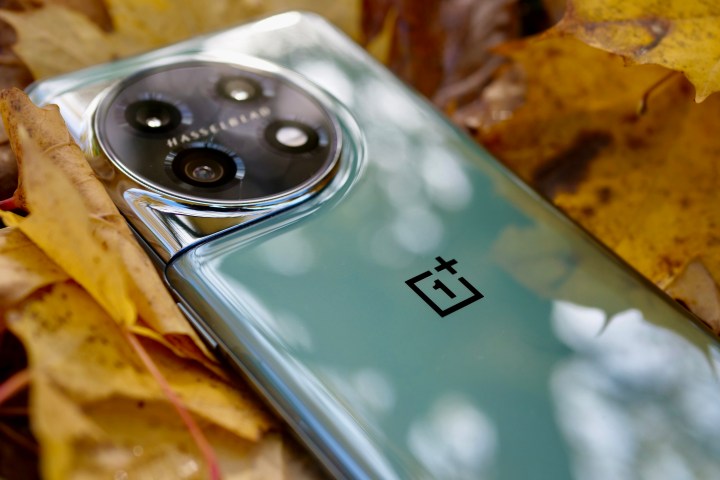
OnePlus needs to see how the game has changed, and it has to react with the OnePlus 12. The OnePlus 11’s successor doesn’t need flashing lights or even to fold up; it just needs to have a reason to buy other than “It’s good for the price,” so I can give it a heartfelt recommendation.
I’m happy the OnePlus 11 is still a good phone as we near the end of 2023, but I’m ecstatic about the direction the rest of the smartphone world has taken since it was released, and I want the OnePlus 12 to meet this challenge head-on.
Editors' Recommendations
- The OnePlus 12R is still one of 2024’s best smartphone deals
- Every Android tablet we’re expecting in 2024
- I did a OnePlus 12 vs. OnePlus 12R camera test, and there’s a big difference
- 5 phones you should buy instead of the Google Pixel 8
- OnePlus just fixed a big issue with the OnePlus Watch 2




